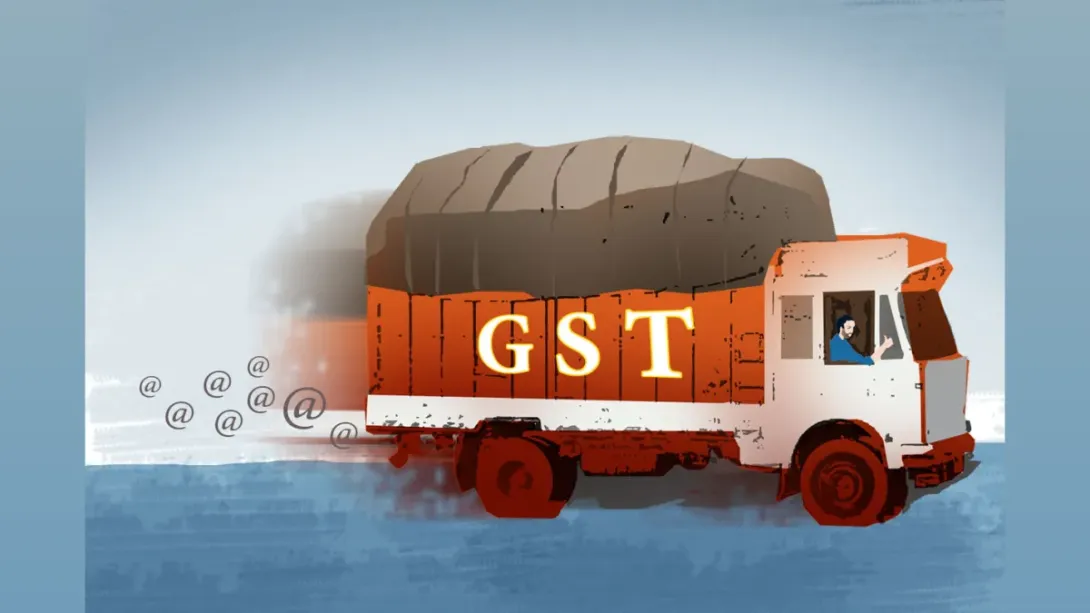Senior parliamentarian Shashi Tharoor has emphasized the potential of Goods and Services Tax (GST) rate reductions to stimulate India’s economy. By advocating for calibrated cuts, he underscored the importance of easing the burden on businesses and consumers while broadening the tax base. Tharoor argued that lower rates could invigorate demand, support small enterprises, and make compliance more attractive, ultimately strengthening revenue collection. His remarks highlight an ongoing debate within policy circles on balancing fiscal prudence with growth-oriented reforms, especially at a time when global economic headwinds and domestic inflationary pressures are reshaping India’s growth trajectory.
GST as a Growth Driver
Introduced in 2017, GST was envisioned as a unified tax system to streamline India’s indirect taxation. While it simplified compliance and broadened the tax net, many businesses, especially small and medium enterprises (SMEs), continue to feel constrained by its structure. Tharoor’s call for a rationalization of rates echoes industry concerns that high tax slabs discourage consumption. By reducing rates, policymakers could unlock pent-up demand in critical sectors such as consumer goods, automobiles, and services.
The Case for Rate Reductions
A central argument for lowering GST rates lies in its multiplier effect on the economy. Reduced tax incidence increases consumers’ disposable income, prompting higher spending. In turn, businesses experience stronger sales volumes, leading to expanded production, job creation, and greater compliance. Tharoor noted that a broader tax base, supported by increased voluntary participation, can offset the revenue shortfall from lower rates. This view aligns with global evidence where moderate taxation has often resulted in higher long-term collections.
Impact on Businesses and Consumers
For businesses, especially micro and small-scale operators, GST rationalization could ease working capital pressures and improve profitability. Lower rates would make formalization more appealing, encouraging enterprises currently outside the tax framework to enter the system. Consumers, meanwhile, would directly benefit from reduced prices, stimulating demand across both urban and rural markets. This dual impact strengthens the case for reform as both demand-side and supply-side advantages converge.
Challenges and Considerations
While the case for cuts is compelling, policymakers face the challenge of balancing growth with fiscal discipline. Any reduction in GST rates must account for potential short-term revenue gaps, particularly as states depend heavily on GST collections for their budgets. Effective implementation, stronger compliance mechanisms, and digital monitoring will be critical to prevent leakages. Tharoor suggested that gradual, sector-specific reductions could help minimize risks while maximizing economic benefits.
Looking Ahead
The debate over GST reform reflects a broader question: how can India sustain high growth while ensuring equitable tax structures? Tharoor’s call for rate cuts is not just an economic proposition but a political one, signaling the need to align tax policy with consumer welfare and industrial competitiveness. As India navigates inflationary pressures and seeks to attract global investment, a more flexible and growth-friendly GST regime could serve as a cornerstone for long-term prosperity.

Comments